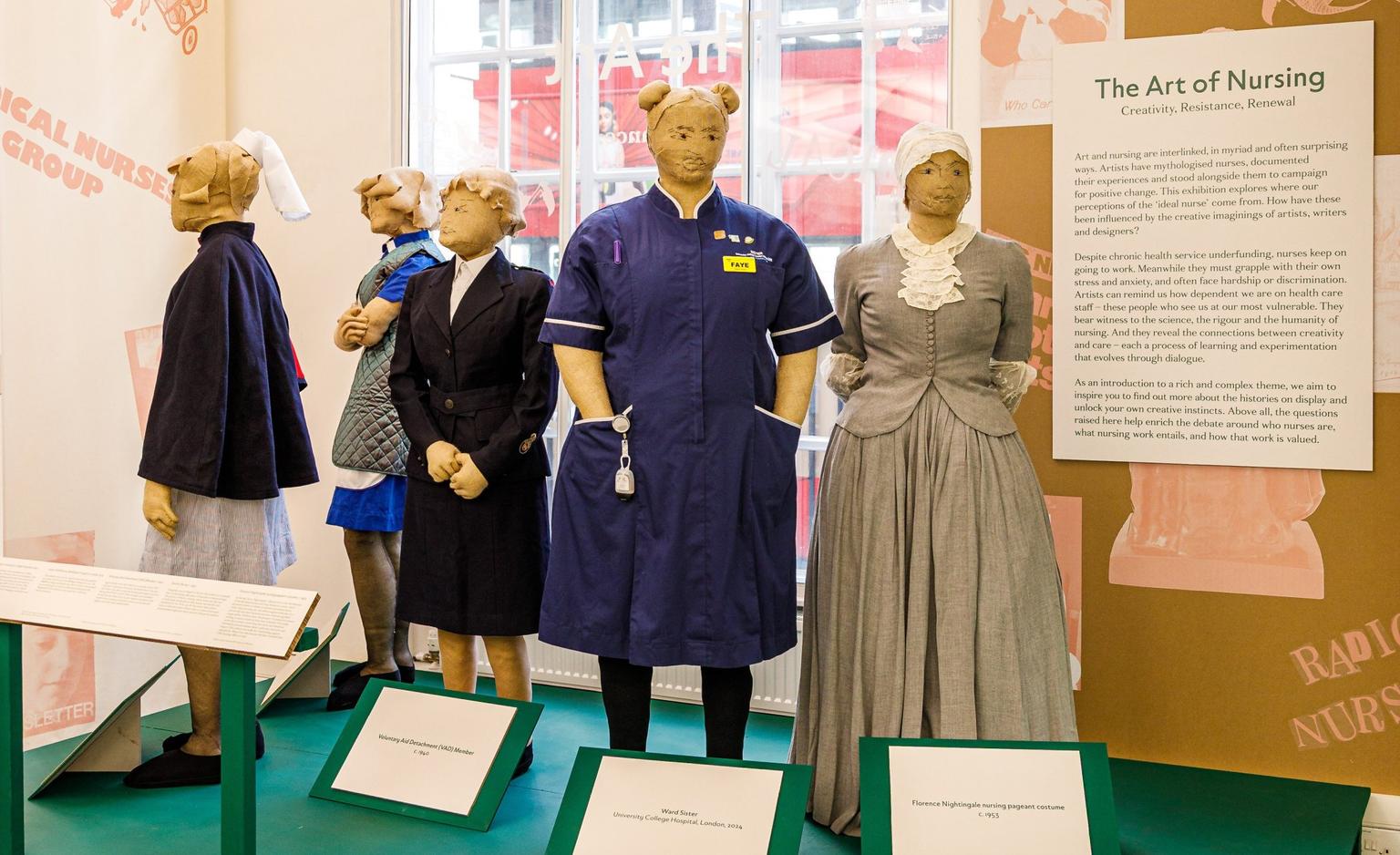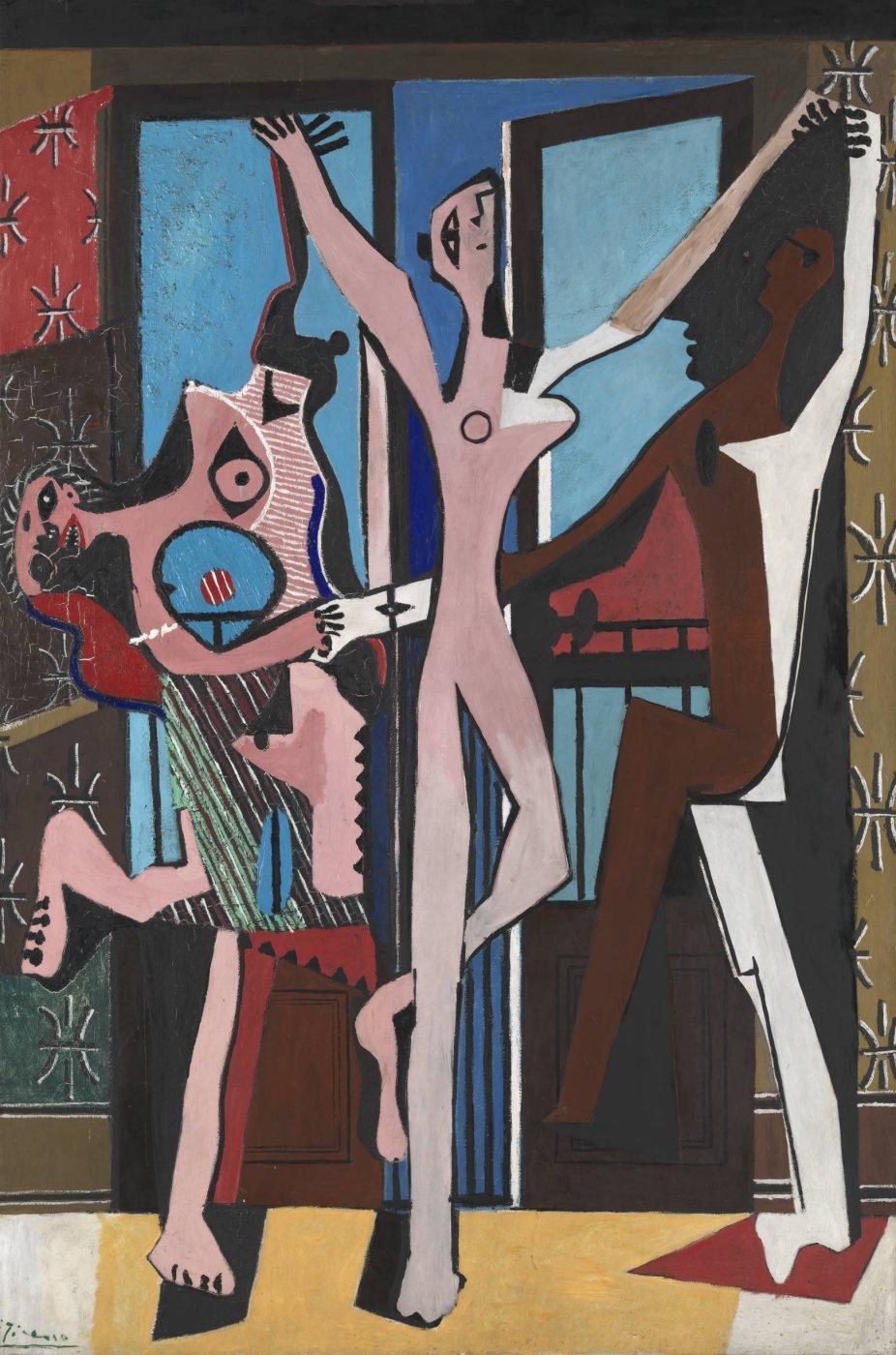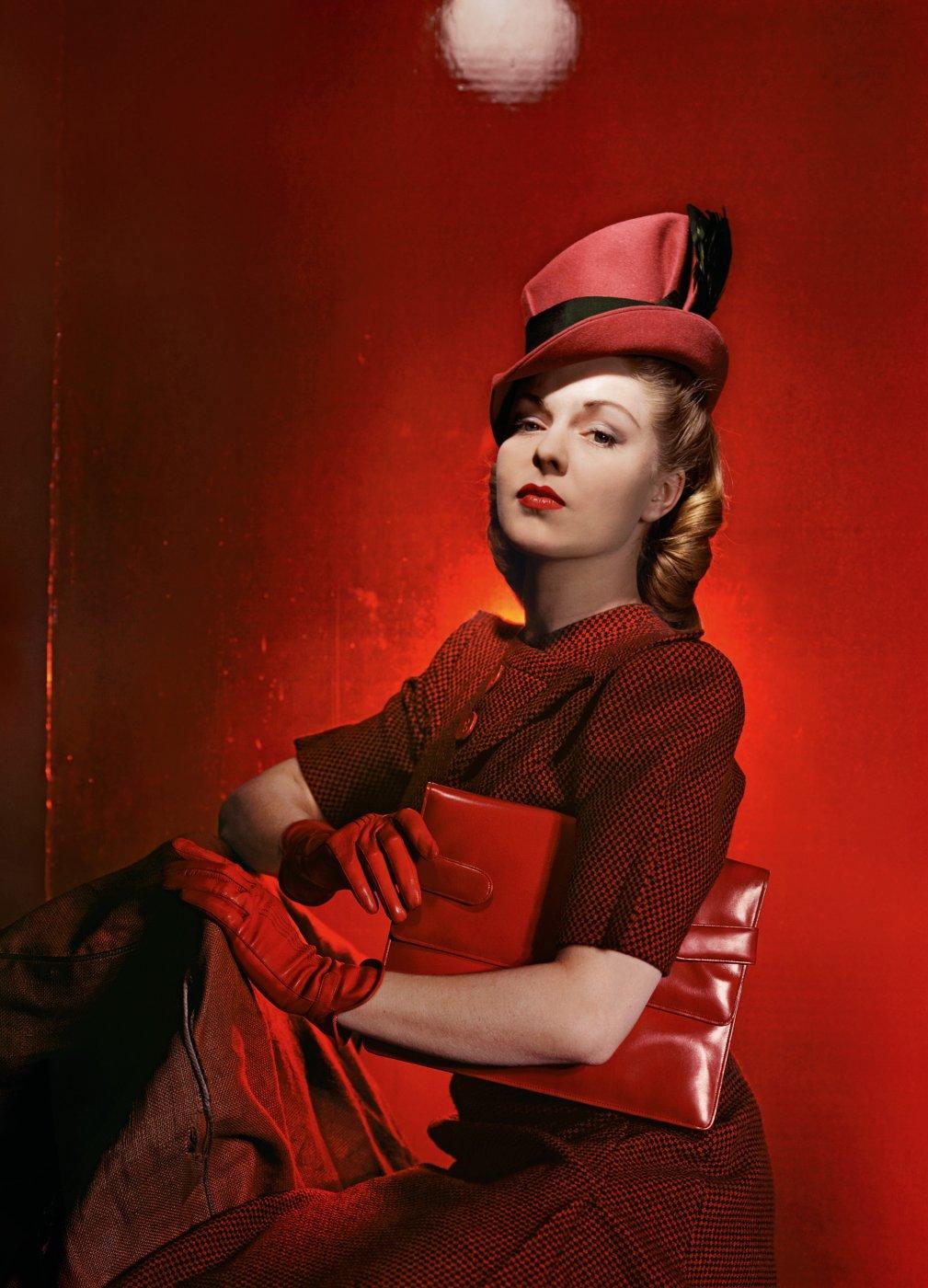Pushkin House is delighted to present Cosmic Calls, a solo exhibition by celebrated artist Jitish Kallat.
Where do we exist when the notion of space itself is contingent? How do we situate ourselves when place, once anchored in land, history, and a sense of belonging, is rendered provisional and suspended?
Jitish Kallat (b. 1974, Mumbai) reimagines Pushkin House as a control room for planetary reflection, where signals crisscross skyward and inward. Through sustained research-based inquiry, his practice traverses space and time, the terrestrial and the cosmic, borders and identities. This gesture recalls the universalist and speculative spirit of Russian Cosmism, where scientific thought, spiritual inquiry, and a vision of humanity’s place in the cosmos converge.
Curated by Denis Maksimov and grounded in Pushkin House’s Discourse programme, Cosmic Calls offers nuanced perspectives on the Eurasian region’s political and historical legacies by setting a constellation of site-specific interventions and five speculative drawings into dialogue.
At the heart of the exhibition is the historical episode of 26 December 1991, when the Soviet Union was formally dissolved while two cosmonauts, Russia-born Sergey Krikalev and Ukraine-born Aleksandr Volkov, remained aboard the Mir space station. This episode forms the conceptual backdrop to The Last Soviets (2025), a trilogy comprising a ceiling mural in the Music Room, lenticular photographs with archival materials along the stairwell, and a photographic mural in the Pushkin House Bar. The works draw from historic footage of life aboard Mir, spanning the period just before and during the USSR’s dissolution. Suspended in orbit, they found themselves stateless, circling Earth for months before finally returning to the planet’s surface as “the last Soviet citizens”. Their condition becomes an allegory for the fragility of political identity. From orbit, the constructs of borders, citizenship, sovereignty, and aggression appear momentarily dissolved. What does belonging mean when suspended between Earth and celestial space?
The second historical episode embedded in the exhibition brings us to 2003, when the Yevpatoria radio telescope in Ukraine, a site now inseparable from the region’s contested present, sent a transmission known as the “Cosmic Call” to various nearby stars. Digitally encoded interstellar messages to nearby stars perforate five drawings, Hexalemmas (Earthling Chants) (2024), installed throughout Pushkin House.
Cut-out forms from the “Cosmic Call” are juxtaposed with fasciated flowers, nuclear cavities, and hands moulding soil, all set against a time-weathered hue reminiscent of “cosmic latte,” the average colour of light emitted by 200,000 galaxies. This propositional assembly of seemingly unrelated forms, drawn from the artist’s studio notes and references, includes a phylogenetic tree: a symbol of evolution and lineage, disrupted by an invisible current of air that fractures its orderly geometry.
The Mir space station and the Yevpatoria radio telescope become conduits, one circling Earth and the other calling into the cosmos. Through them, Kallat explores statelessness and planetary fracture, revealing the paradox of a planetary address issued from a divided world, hovering between terrestrial fault lines and the vastness of the cosmos.
The exhibition is made possible thanks to in-kind support of Nature Morte gallery.

Get a National Art Pass and explore Pushkin House
You'll see more art and your membership will help museums across the UK
Visitor information
Address
Pushkin House Trust, Charlton House, 5a Bloomsbury Square, London, WC1A 2TA
020 7269 9770




